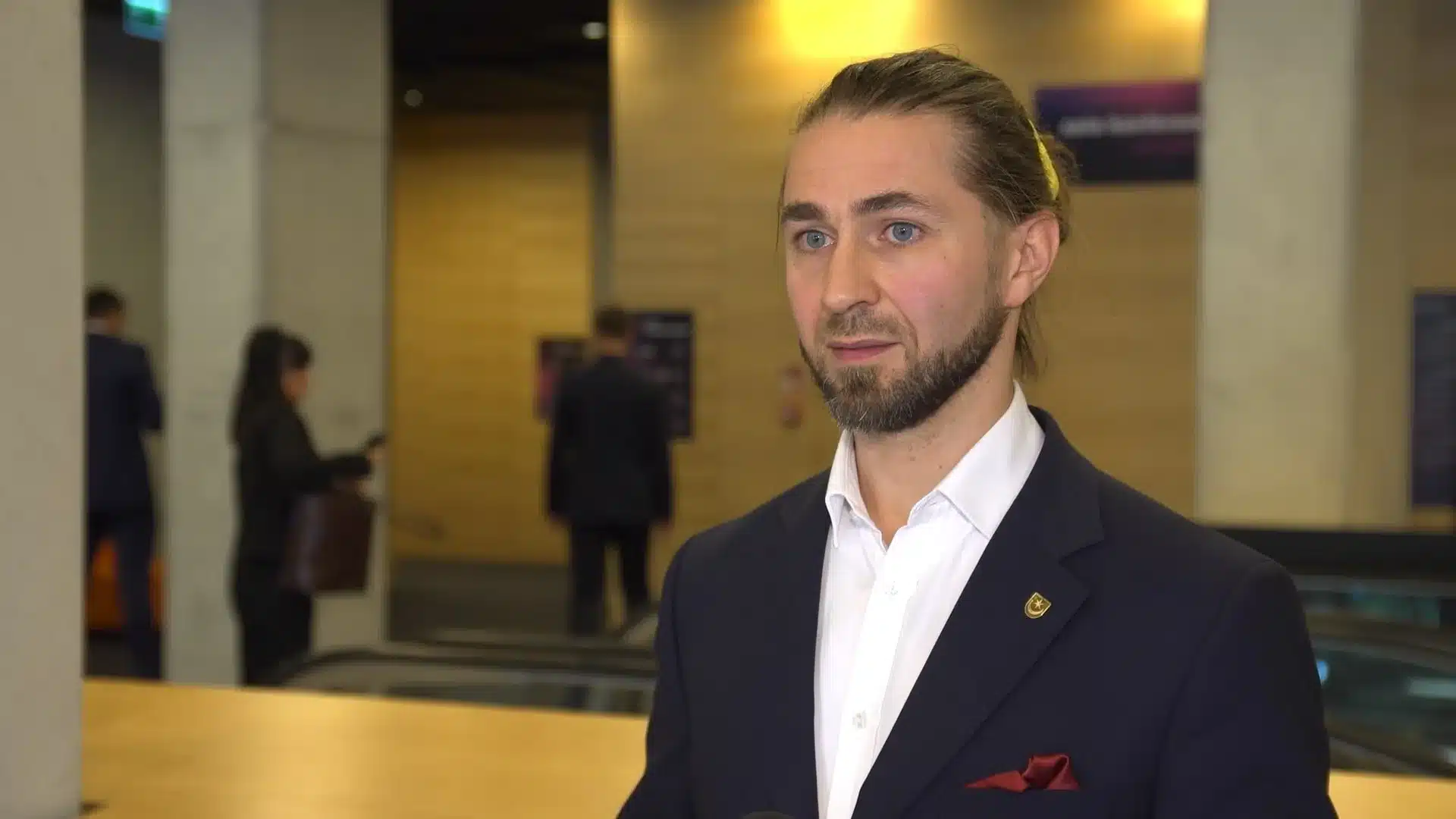The Central Communication Port (CPK) in Question: The new government is still conducting audits. The construction, announced as the largest infrastructure project in history, involves not only a massive airport between Warsaw and Łódź but also the reconstruction of the railway network across the country.
“We should reduce the temperature of the dispute around the Central Communication Port and move on to specific, more operational decisions,” says Michał Litwin, General Director of the Association of Independent Railway Carriers.
The CPK Railway Program outlines 1981 km of new railway lines by 2034, encompassing 12 routes and 10 so-called spokes leading from various regions of Poland to the capital and the CPK itself. The new government coalition, immediately after the elections on October 15, 2023, announced a thorough audit of the entire undertaking, putting the CPK project in question and making it a point of political contention.
“The CPK topic is very popular and still hot. On one hand, it’s good that we are debating it, but we should start to lower the temperature of the dispute. We should move beyond or close the CPK as a political dispute and proceed to more operational, concrete decisions. There are certain signals that we might be heading in this direction, but the devil is always in the details,” Michał Litwin told Newseria Biznes.
The CPK project should be viewed as a broader entity that includes not only a massive airport located between Warsaw and Łódź but also other “infrastructural surroundings,” including the railway component, which was announced as groundbreaking.
“The signals at this point are that the project will primarily be transferred entirely to the Ministry of Infrastructure, thus ending a kind of dualism in railway network planning. Some aspects were handled by the government plenipotentiary for CPK in another ministry, and some were in the Ministry of Infrastructure. Now there will be comprehensive planning, which is certainly good,” notes the expert.
An open question remains as to which elements still have a chance of being realized. It’s important to remember that the CPK component planned the construction according to a hub-and-spoke model due to the railway network arrangement. Today, no one can answer which elements will be implemented and which will be abandoned.
“It is obvious, and beyond the scope of discussion, that the ‘Y’ line, Warsaw – Łódź – Poznań – Wrocław, and the Katowice – Ostrava line are necessary and will be continued. The truth is that the construction and implementation of the entire project will take some time, with completion potentially extending to 2035. However, this does not exempt us from thinking about the ultimate railway network,” notes Michał Litwin.
The discussion about the future layout of the communication network remains open. Especially since the mentioned hub-and-spoke model has already faced serious criticism due to its polycentric nature.
“It seems that the hub-and-spoke model is not optimal. Poland is a polycentric country; the road network is polycentric and does not converge in any specific place, even in Warsaw. It is more of a network arrangement, and I find it hard to find arguments suggesting otherwise for the railway network,” says the General Director of the Association of Independent Railway Carriers.
This means that the discussion must continue, involving various stakeholders such as carriers, local governments, employer organizations, etc. The main criticism of the CPK Railway Component is its subordination to the needs of the airport. Equally important is considering the development of different regions of the country, far from the border of the Mazowieckie and Łódzkie provinces.
Such an approach could be detrimental to peripheral provinces and the quality of transport between medium and large cities, such as Szczecin and Wrocław.
“It cannot be that the railway network construction, the high-speed network, serves only the airport. It can be an important element but not necessarily the leading one. The railway network, billion-dollar investments in the railway network, must serve railways, freight, and passenger transport. In short, passengers must be able to move quickly from A to B between large and medium-sized cities, along lines as close to straight as possible, so that travel times are naturally minimized. The railway system as a whole will then gain significantly in value,” emphasizes Michał Litwin.
Today, it is difficult to predict how the already outlined concept of the railway communication network around CPK will evolve.
“It is difficult to refer to what will actually happen with the CPK project because, on the one hand, there are various declarations from the new government. Minister Maciej Lasek clearly says that we are not discussing whether, but how, updating unrealistic schedules. However, I have also seen statements from the CPK president, Mr. Filip Czernicki, indicating that the final decision still needs to be made by the Prime Minister. Hence, these two elements do not fully align in my opinion, because either we are implementing it, or we are waiting for the Prime Minister’s decision, which will be either yes or no,” says the expert.
For this reason, many experts refrain from commenting on possible scenarios for the project’s future. Regardless, it is crucial to listen to the voices of railway carriers, who have knowledge and forecasts for the market’s future development.
“We also need siding programs, systems motivating entrepreneurs to integrate their plots and investments into the railway system, extending the reach and possibility of direct goods transport without the first mile being done by road transport. Many entities need to be listened to, who have partial knowledge, and this comprehensive knowledge must be re-analyzed to create the final shape of the railway network that will no longer be questioned,” concludes our interlocutor.
The key document for the CPK implementation plans is the Strategic Location Study of the Central Communication Port Investment. It includes not only the airport with an integrated communication hub but also railway and road investments.
